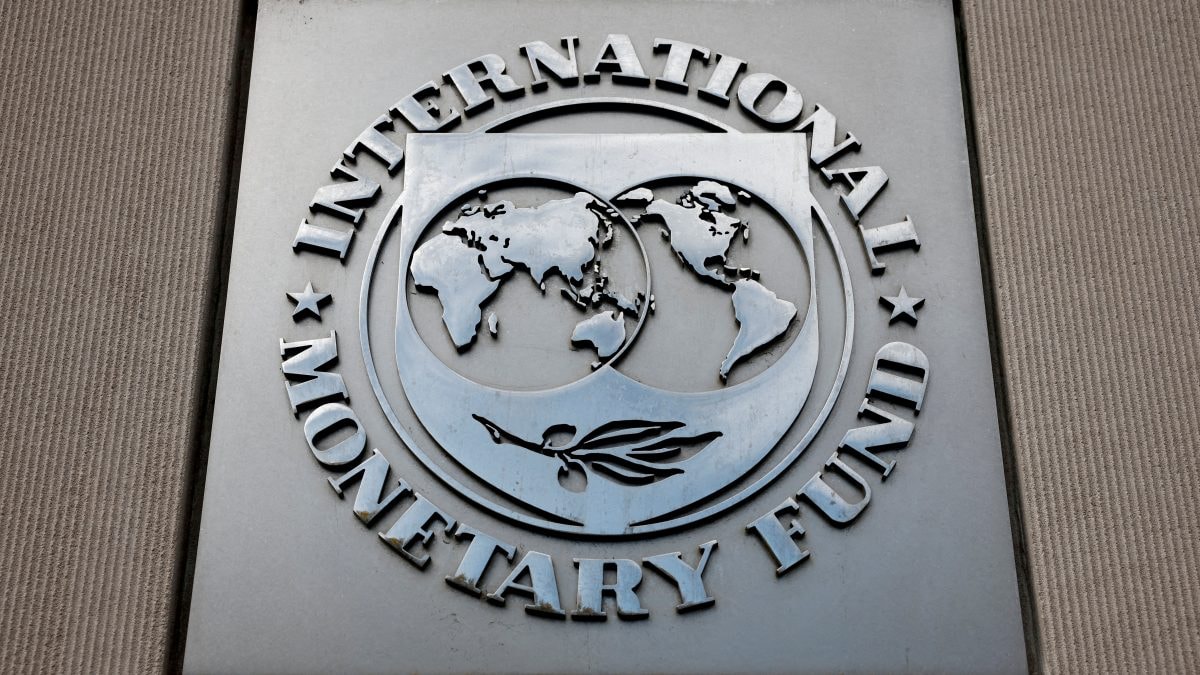Earlier this week, the international lender approved $1.3 billion disbursement of the third and fourth tranches of Bangladesh’s loan programme. A press release by the IMF said that the amount had been deposited into the country’s account yesterdayread more
Days after approving a loan for Bangladesh worth $1.3 billion, the International Monetary Fund on Friday set out new conditions for the country for its $5.5 billion lending programme.
Earlier this week, the international lender approved $1.3 billion disbursement of the third and fourth tranches of Bangladesh’s loan programme. A press release by the IMF said that the amount had been deposited into the country’s account yesterday.
Bangladesh’s economic woes began after former prime minister Sheikh Hasina’s ouster from the country last year, which led an interim government to take over under Chief Advisor Muhammad Yunus. However, not much changed in terms of economic outlook owing to persistent political instability, continuation of a tighter policy mix, rising trade barriers, and increasing stress in the banking sector.
What are the new conditions set by IMF?
According to the updated terms outlined in the IMF’s latest programme report released yesterday, the government is required to reduce external payment arrears in the power and fertiliser sectors from $870 million in June 2025 to $562 million by December, and further down to $254 million by June 2026.
At the same time, domestic arrears in these sectors must be cut in half, from Tk 28,000 crore in June to Tk 14,070 crore by December, and fully cleared by June 2026.
“External payment arrears have surfaced, notably within the power sector’s state-owned enterprises, driven by limited foreign exchange availability and outstanding domestic subsidy arrears owed by the central government to the SOEs,” the global lender said.
Despite some improvement in the current account during the first half of FY25, the IMF cautioned that the overall external position has deteriorated. The appearance of arrears by state-owned enterprises, a “substantial decline in FDI inflows”, and significant unrecorded capital outflows are now projected to widen the external financing gap to $3.8 billion in FY25, well above previous estimates.
National Board of Revenue targets have also been raised to Tk 443,530 crore by June 2025 and Tk 550,700 crore by June 2026. Net international reserves must climb from $17.4 billion to $22.41 billion by mid-2026.
